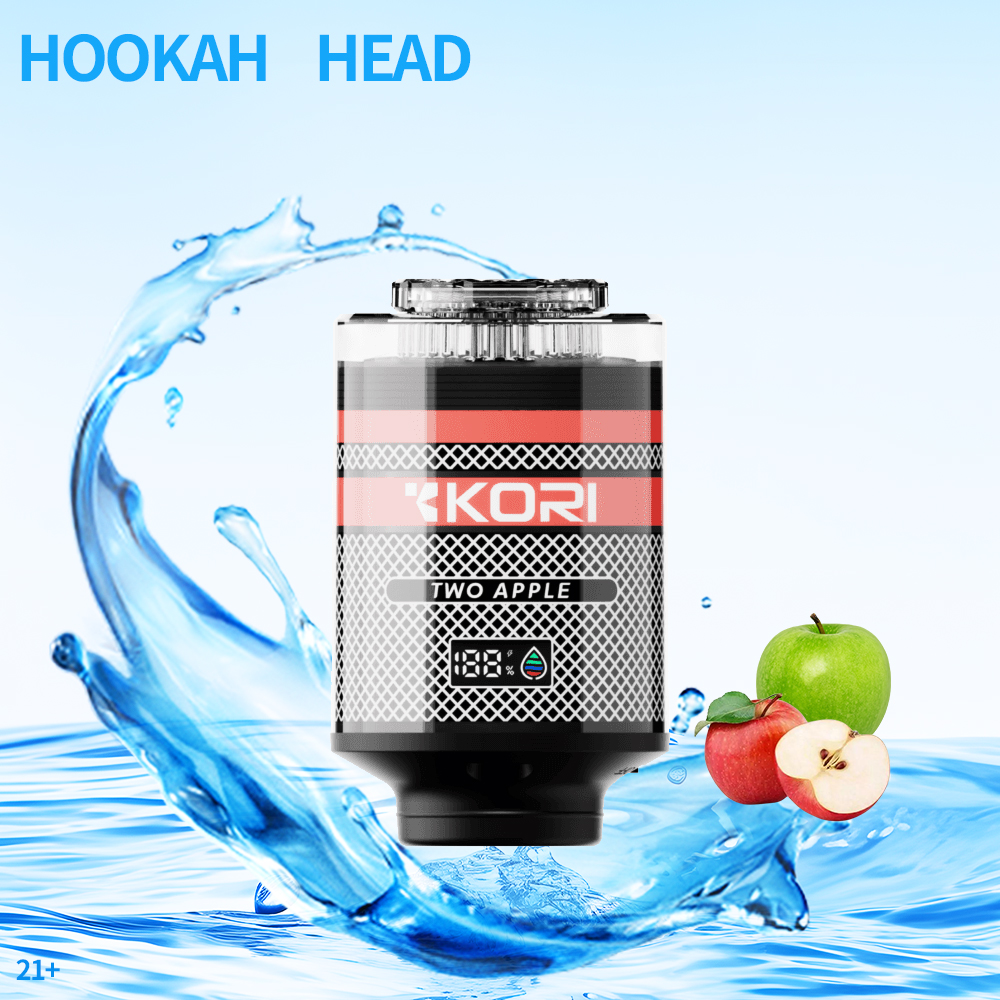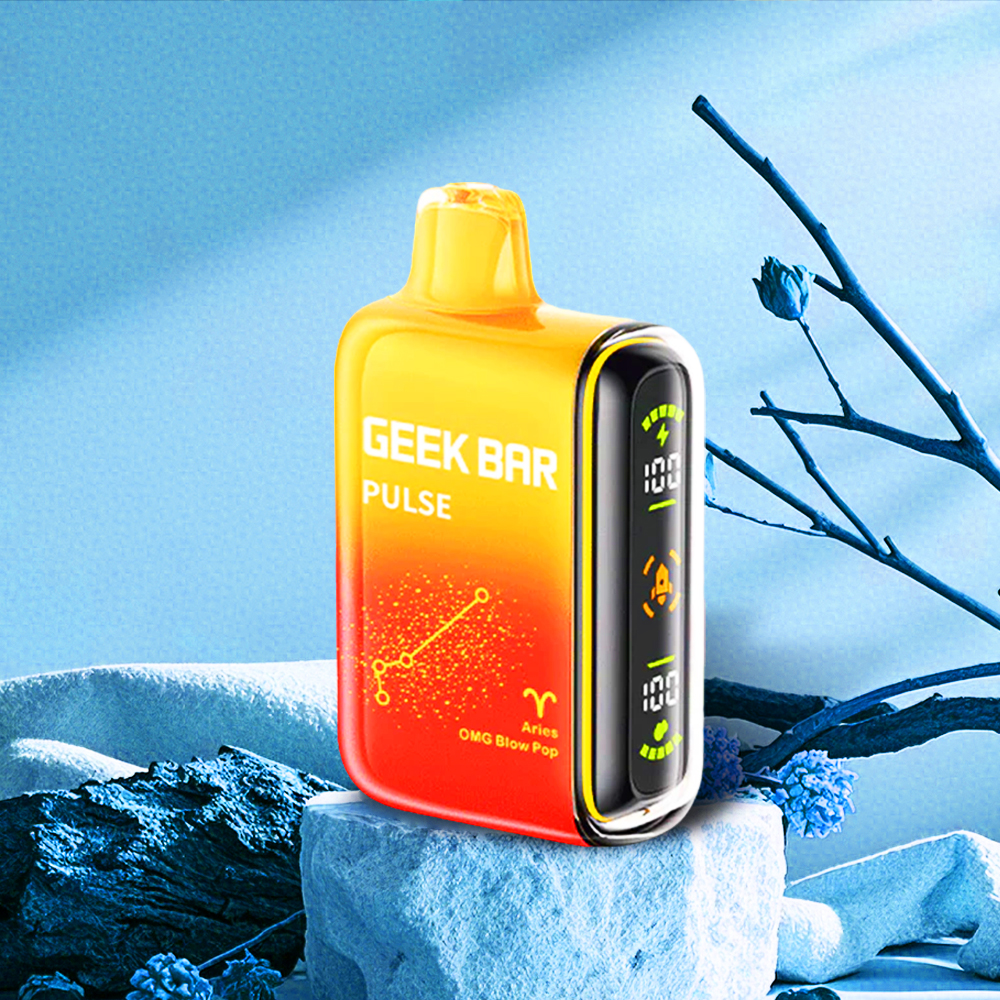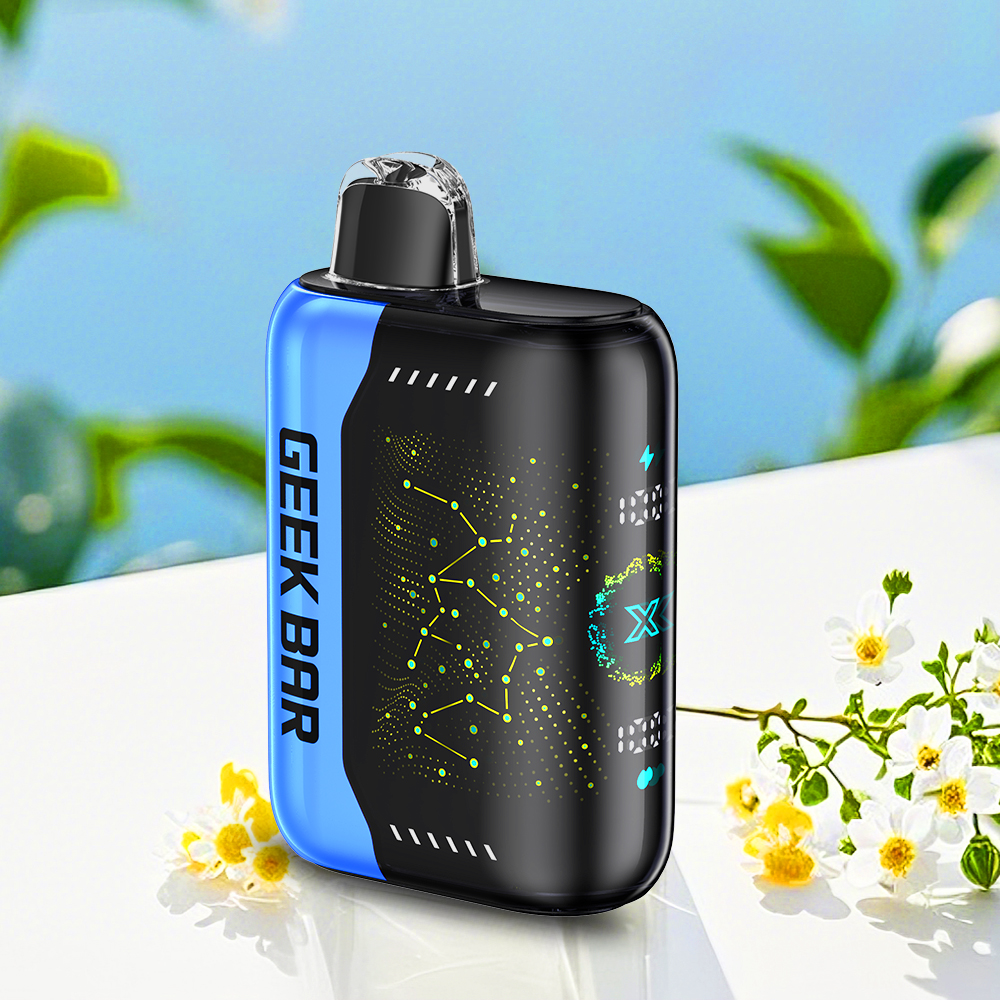The Ultimate Guide to Choosing the Best Vape Batteries for Your Vaping Experience
In the world of vaping, the battery you choose can make or break your experience. Selecting the right vape battery isn't just about compatibility; it's also about safety, performance, and longevity. In this comprehensive guide, we will explore all the factors you need to consider when choosing vape batteries, ensuring you have the right power source for your vaping needs.
Understanding Vape Batteries
Vape batteries can seem complex at first, but understanding their purpose and functionality is crucial. They are responsible for powering the heating element in vaping devices, which vaporizes the e-liquid. With various types and specifications available, making an informed decision is essential for an optimal vaping experience.
Types of Vape Batteries
There are primarily two types of vape batteries: built-in and removable. Each type has its pros and cons:
- Built-In Batteries: These batteries come pre-installed in devices and cannot be replaced. They are convenient for beginners and often come with charging ports in the device.
- Removable Batteries: Typically found in more advanced devices, these batteries can be replaced when needed. They offer flexibility and often have higher capacities, but they require separate chargers and maintenance knowledge.
Key Factors to Consider When Choosing Vape Batteries
1. Battery Capacity (mAh)
The capacity of a battery is measured in milliampere-hours (mAh). A higher mAh rating means the battery can store more energy, translating to longer usage times before needing a recharge. For casual vapers, batteries with a capacity of 1800-3000mAh work typically well, while heavy users may opt for 3000mAh or more.
2. Discharge Rate (C Rating)
The discharge rate, often indicated by the C rating, signifies how quickly a battery can deliver current. Vapers who use sub-ohm tanks or rebuildable atomizers typically prefer batteries with a higher discharge rate to handle increased power demands without overheating. Look for batteries with a discharge rating of at least 20A for safety and performance.
3. Chemistry and Safety Features
Understanding the chemistry of batteries is crucial for safe vaping. Lithium-ion batteries are the most common type used in vaping devices due to their lightweight nature and high energy density. It's essential to choose batteries from reputable brands that include safety features such as built-in protection circuits to prevent overcharging and short-circuiting.
Top Brands for Vape Batteries
When it comes to reliability, some brands stand out in the vape battery market:
- Samsung: Known for high-quality lithium-ion batteries, Samsung's INR18650-25R is a popular choice among vapers for its balance of capacity and discharge rate.
- LG: LG's HG2 series is widely respected for its performance and safety features, making them a favorite among serious vape enthusiasts.
- Sony: Sony's VTC series is another excellent choice, offering a great balance of capacity and high continuous discharge rates.
Caring for Your Vape Batteries
Proper care and maintenance of your vape batteries significantly enhance their lifespan and performance. Here are some tips:
- Charge Safely: Always use the charger that comes with your device or a compatible one recommended by the manufacturer. Avoid overcharging your batteries.
- Store Properly: When not in use, store your batteries in a battery case to prevent damage or short-circuits. Keep them away from extreme temperatures and humidity.
- Inspect Regularly: Check your batteries for any signs of wear, such as dents or corrosion. Dispose of damaged batteries safely.
Common Mistakes When Choosing Vape Batteries
Many beginners make common mistakes which can lead to safety hazards or unsatisfactory vaping experiences. Here are a few to avoid:
- Choosing the Wrong Size: Make sure to check the compatibility of the battery size with your device. Common sizes are 18650 and 21700.
- Ignoring the Specifications: Don't push your battery beyond its rated capacity or discharge limits. Always adhere to the manufacturer's specifications.
- Purchasing Unverified Brands: Stick to known brands to ensure quality and safety. Cheap, unbranded batteries can be hazardous.
What to Do If Your Battery Gets Damaged
If you suspect your battery is damaged or not functioning correctly, stop using it immediately. Swelling, strange smells, or excessive heat are red flags. Dispose of the battery safely, using designated battery recycling services when possible. Always follow local regulations regarding battery disposal.
Innovation in Vape Battery Technology
The vaping industry is constantly evolving, and so is technology related to vape batteries. Innovations such as wireless charging, improved lithium-ion technology, and even the development of solid-state batteries may soon change the landscape for vapers, offering even safer and more efficient options.
In conclusion, selecting the right vape battery involves an array of factors, from understanding battery types to recognizing maintenance habits. By considering these elements, vapers can significantly improve their experience and ensure a safe, enjoyable session. Whether you're a novice or a seasoned vaper, making informed choices is the best way to enjoy your vaping journey.





